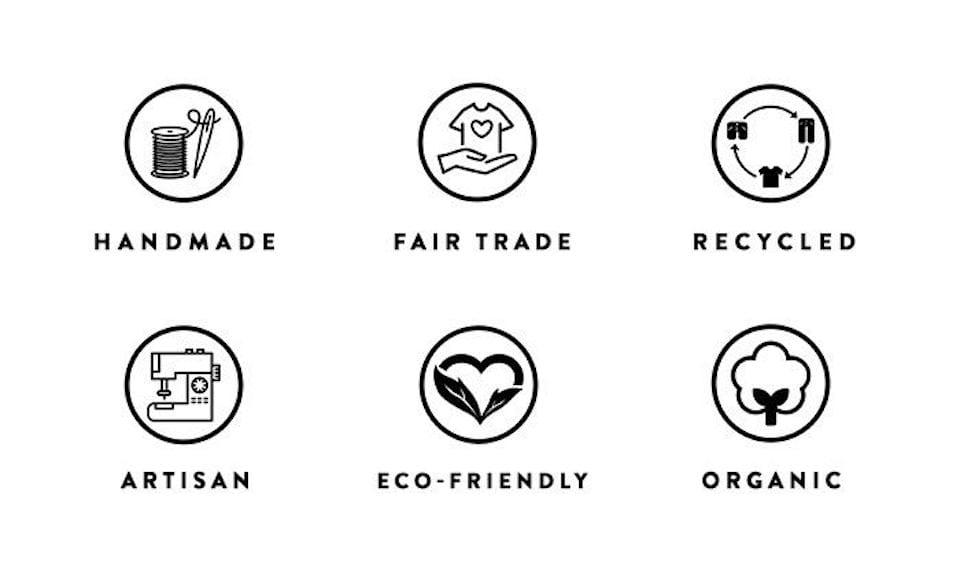Fashion for rent, the solution to fight against fast-fashion?
"Rental is the buzzword right now in the ready-to-wear retail trade," says Kayla Marci, analyst at Edited. Limited to special occasions ten years ago, the clothing rental market has transformed to the point of exceeding a billion dollars in turnover worldwide, according to a study by the firm Grand View Research, published in april.
Executive in the cosmetics industry, Jacqueline Jackson launched the day she realized that the price of the monthly subscription to Rent The Runway, the giant of the American market, would cost her less than renting the dress she wanted to go to a wedding.
"It's nice to have this kind of unlimited wardrobe, to put things that I couldn't afford, because a lot of those pieces are quite expensive," says the mother of two young children, who has no "no time to shop".
Designer brands
Like many of its competitors, Rent The Runway (RTR), which claims more than 11 million users, offers designer brands on a basic subscription plan at $89 per month, often worth several hundred dollars. dollars each for purchase, including Victoria Beckham, Proenza Schouler and Phillip Lim.
Valued today at a billion dollars, RTR also offers an unlimited formula at 159 dollars, while Cabinet, a young start-up from Seattle which already has several thousand customers, is at 149 dollars.
Once worn, the pieces can be sent back by the UPS delivery service or dropped off at one of the physical stores available to Rent The Runway, which takes care of the cleaning. Customers can also choose to buy the garment.
"When you buy your own wardrobe, you wonder how many times you will be able to wear a garment", describes Jacqueline, and "you avoid (...) things that are too trendy, that you will only wear one or two seasons. But here you can go on trend. Even if you only wear it once, it doesn't matter."
The platforms, which are currently only dedicated to women, take advantage of the data they collect and use artificial intelligence to offer subscribers pieces likely to appeal to them and which take their measurements into account.

You can see how to hide wall mounted TV cable using a #barndoor as the base #yegreno https://t.co/XBeibkk7Bz
— Blockade Boyz Fri Mar 16 11:48:40 +0000 2018
“We're going to show her things that we know she's going to like, but we can gently push her out of her comfort zone,” says Lili Morton, Head of Brand Development at Armoire.
Less "fast fashion"
The other trump card of "clothing rental", fashion for rent, is its more sustainable, less greedy dimension, which joins the idea of reasoned consumption, which is very fashionable. A trend that has prompted Ikea to gradually embark on furniture rental, already offered by the American start-up Fernish.
"I think people like the idea of buying less + fast fashion + (disposable fashion)", explains Jacqueline. "It's nice to have less of those shoddy clothes in your closet and to be able to spend the money on quality wear."
According to several sources, each coin rotates on average around 15 times before leaving the circuit. Armoire has an agreement with the Dress for Success association, which provides free clothing to low-income women.
For some designer brands, renting is a way to meet a new audience, an additional outlet. But for the sale of ready-to-wear in general, it is nothing less than a competitor.
As the sector takes off, several platforms are launching into the low-cost segment, notably Haverdash. Physical brands are following in their footsteps, notably American Eagle, Ann Taylor and recently Urban Outfitters.
"These platforms are disrupting the fashion industry and changing the way we buy," says Kayla Marci of consultancy Edited. Since signing up, Jacqueline has been buying "less stuff and more basics." "Renting is a bit like sharing. You don't just buy, buy, buy."
Follow So Soir on Facebook and Instagram to not miss the latest trends in fashion, beauty, food and much more.
Read also:








